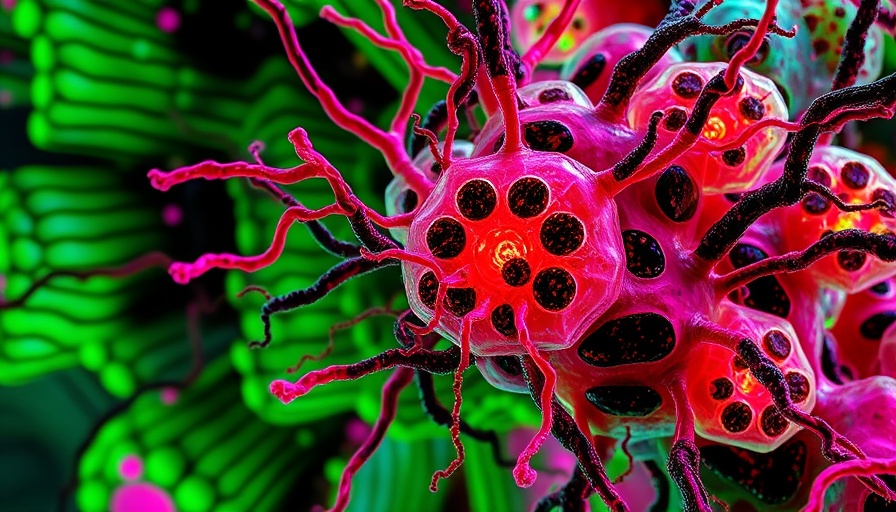
The Breakthrough in Organoid Research
For years, the field of regenerative medicine and organoid research has sought ways to create viable tissues that can replicate natural organs. Scientists have successfully created organoids—from brain and intestinal miniatures to heart organoids sent to space. However, the challenge has always been the limitations in size and viability due to the absence of a vascular system.
Why Vascularization is Crucial
Organoids, while remarkable as biological models, can only grow so large before they falter. Without a blood vessel network, cells in the center of larger organoids begin dying from lack of oxygen and nutrients. This lack of vascularization has hindered scientists from developing organoids that could be applicable in real-world medical treatments.
The Major Breakthrough at Stanford
A recent study published in Science represents a monumental step forward in this field. Researchers at Stanford Medicine successfully engineered heart and liver organoids embedded with tiny blood vessels. This innovation not only allows the organoids to grow beyond the previous size limitation but also facilitates reaching a more mature state, thus enhancing their utility as biological models. Dr. Oscar Abilez, a leading researcher on this project, emphasized its potential to break a major bottleneck in organoid research.
Implications for Regenerative Medicine
The integration of blood vessels within organoids opens new avenues for regenerative therapies. One exciting prospect mentioned by Dr. Joseph Wu involves generating vascularized cardiac organoids from a patient's own stem cells. This could one day revolutionize treatments for heart dysfunction, offering the possibility of implanting these bioengineered tissues to replace damaged examples.
Practical Applications for Health Practitioners
For healthcare practitioners, especially those offering concierge health services, staying informed on advances such as these can greatly enhance the care you provide. Incorporating the latest in regenerative medicine could improve your patient outcomes significantly. Whether you integrate lab-grown muscle cells in your treatments or consider the potential of organoid therapy, understanding these advancements prepares you for future innovations in patient care.
Addressing Common Misconceptions
While the concept of organoids may seem futuristic, it’s crucial to understand that they are not mere science fiction. Instead, as evidenced by studies like those from Stanford, they represent tangible steps towards replicating entire organ systems that have the potential to profoundly impact patient care and recovery. Misconceptions around the efficacy and feasibility of such technologies may deter some from embracing these advancements, but the evidence is illuminating a promising path forward.
Future Predictions in Organoid Development
Looking toward the future, one could speculate that organoids will become a standard tool in medical research and patient treatment. As the technology matures, we could expect enhancements in the complexity of these models, merging various cell types to replicate multi-organ systems. This could transform how diseases are modeled and treatments are developed, particularly in personalized medicine.
Measuring the Impact of Innovation
As innovations like vascularized organoids come to fruition, health practitioners should consider how they can implement these technologies in practice. This could mean investing in training about emerging research or adapting treatment protocols to include these advanced solutions. Ultimately, the emphasis on continual education and adaptation will position practices to maximize patient care quality.
In conclusion, as we stand on the precipice of a new era in organoid research, incorporating advancements such as vascularized organoids could significantly elevate treatment methodologies in regenerative medicine. Staying abreast of these trends will not only enhance your practice but will also directly benefit your patients as new therapies become available. Don’t miss the opportunity to engage with these exciting developments that are shaping the future of medicine.
 Add Row
Add Row  Add
Add 






Write A Comment